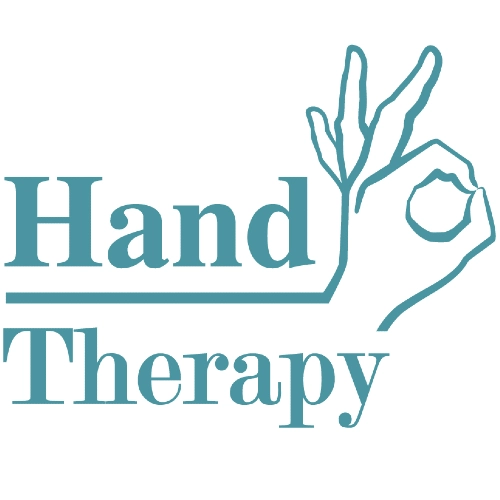A Ganglion is a jellylike fluid ball or balloon that develops between the joint spaces of your wrist, filled with fluid. It is not dangerous and mostly only painful when compressed between certain structures. Ganglion cysts develop along tendons or in the spaces between joints, which can interfere with normal movement and become inflamed & painful. We offer a wide range of treatments for wrist ganglions.
There is usually a stem where the balloon originates leading to a ball area where the fluid accumulates. Its able to move around and not very hard. You can squash it when you press on it, but it returns when you relieve the pressure.

Development of a Ganglion
Friction
Friction in the area causes a synovial bubble to form, this is the body’s natural way to repair the tissue. But as a result of this abnormal high amount of cells that rush to the area a bubble (filled with excess fluid) forms.
Between the connection of two bones in a joint are cushions, called cartilage. Between the two sides of the cartilage is a space made up of synovial fluid. The joint capsule is the confinement of this space. When too much fluid is present between these surfaces, it will create a bubble to one side (like compressing a balloon between your hands, one side will push out). This phenomenan is a ganglion.
Trauma related
Abnormal swelling in a joint after a fall onto your hand may over-stretch the joint capsule. When excessive amount of cells occupy the space between the joint, this may cause the capsule to form a weak spot where a ganglionic bubble will form.

What does Synovial fluid normally do?
Synovial fluid is like a lubricant between the bones of a joint, like a car needs oil to keep the engine running smoothly, the joints needs synovial fluid.
Symptoms of a Ganglion
- Bump over the skin
- Pain with certain movements, depending on where the balloon pops out
- Most patients complain more about the cosmetic look than pain.
Diagnosis:
I am an expert at feeling and distinguishing between different types of ganglions, seeing that I work with this type of problem every day. I will be able to reassure and confirm whether it is a ganglion after I have assessed it and in most cases no further tests are necessary and may be a bit excessive.
Does it heal by itself?
No. It is like the difficulty you experience when you start to blow up a balloon, but if you continue to blow or blow it up again, the balloon has already stretched and weakened making it easier. Likewise it is uncommon for a ganglion to resolve by itself. However, the size of the cyst/ganglionic sack may vary in size from time to time, only to return with exertion.
A big problem we see with ganglions these days:
After surgery
After surgery , stiffness, abnormal scarring and hyper(excessive) sensitivity to the skin over the area is common.
Surgery of Ganglion
Surgical removal of the ganglion proves to be the best option, followed by a guided, progressive, strengthening and conditioning program – this is where I play a vital role.
Surgery involves a small incision on the wrist over the ganglion, the excessive membrane is severed and the bases tied together. A very simple, yet effective surgical procedure. The hand therapist will play a vital role in treating and guiding the scar tissue that forms after the surgery because abnormal scar tissue can cause stiffness in your wrist and limit you to do only certain movements. I am here to make sure this doesn’t happen.
Ganglion also Known as:
- Ganglionic Cyst
- Bump on wrist
What else could the pain be?
- Gout
- Arthritis
- Osteophyte
- Extensor
- Tendonitis
- Carpal Bone Fracture
- Radio-Ulnar joint instability
- Tenosynovitis
Other Injuries
Our associated partner: Wrist pain & Wrist injuries
